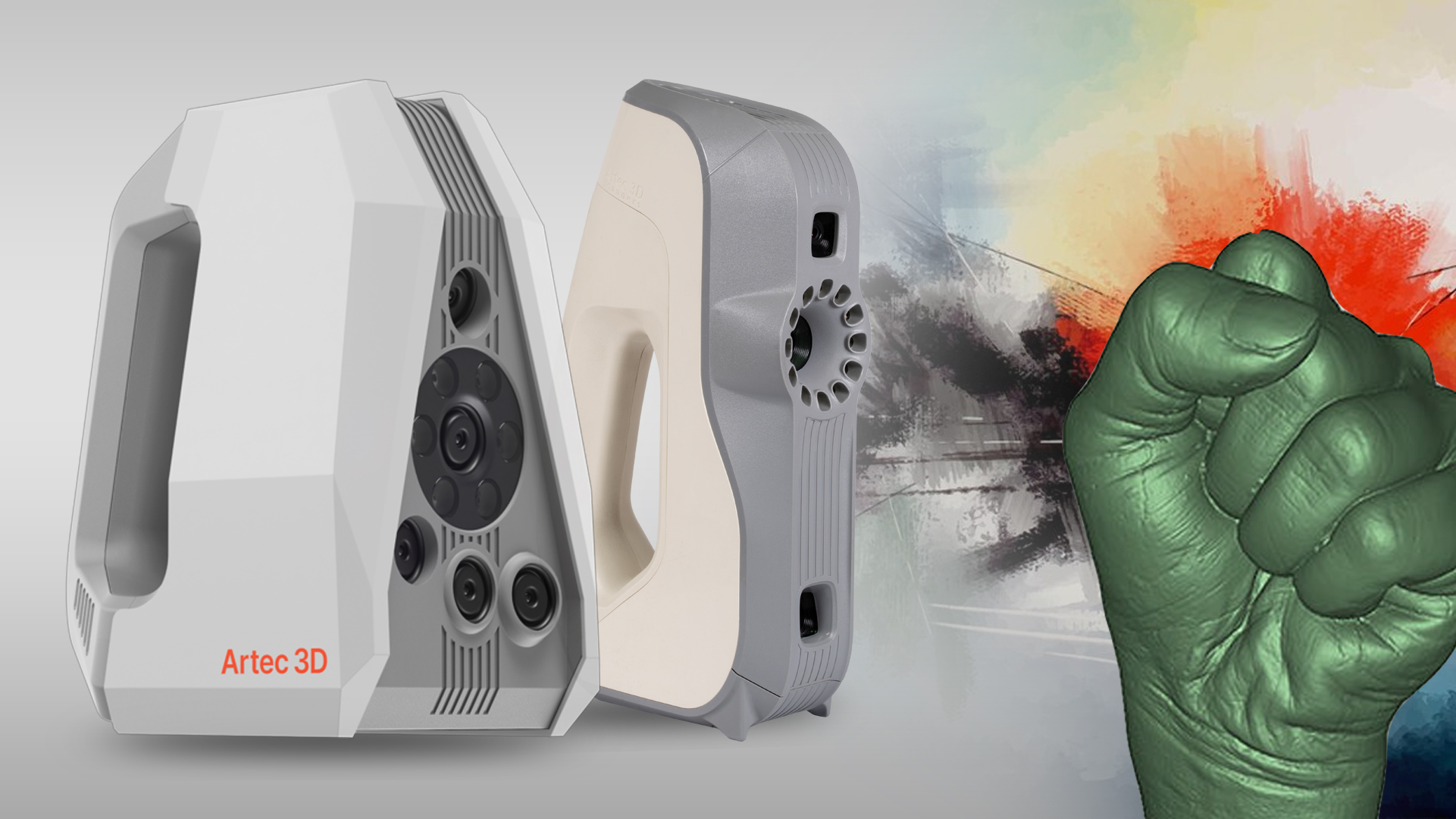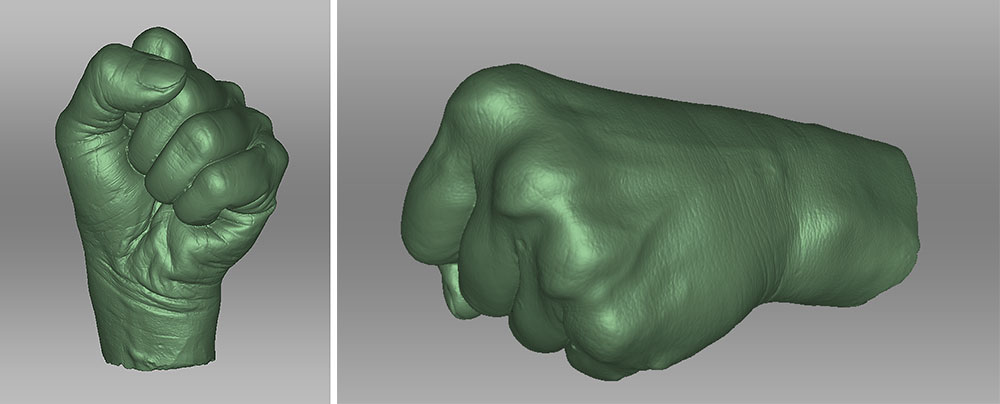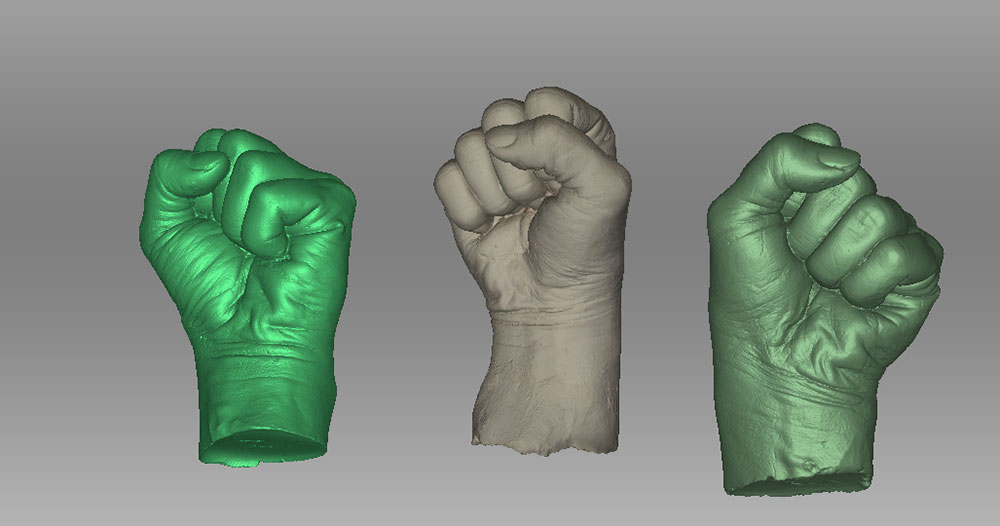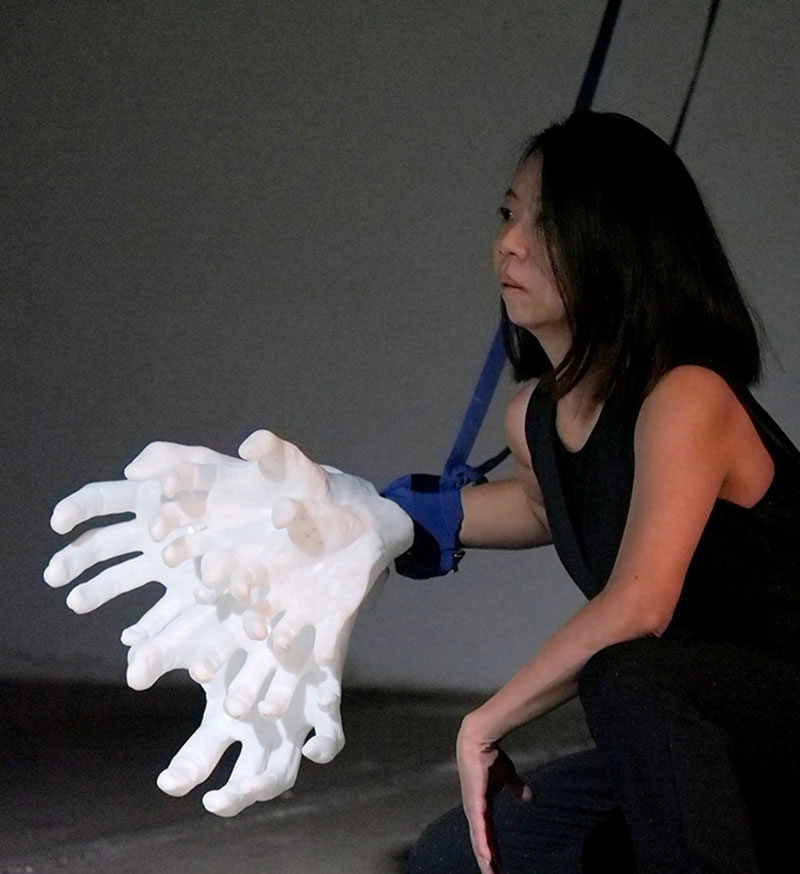3D scanning as the basis for modern art

Title3D-Scanning in der Kunst: Neue Möglichkeiten der Digitalisierung und Reproduktion
Der Einsatz der Scanning-Technologie bietet auch in der Kunst vielfältige Möglichkeiten. Egal ob für die Digitalisierung von Gemälden und Skulpturen, die Planung maßgeschneiderter Möbelstücke oder das Design von Kleidungs- und Schmuckstücken – ein 3D-Scanner liefert ein genaues dreidimensionales Abbild der Realität zur Weiterverarbeitung am PC.
Die Vorteile des modernen Aufnahmeverfahrens für ihre Arbeit sah auch die in Leipzig lebende taiwanesische Künstlerin Ya-Wen Fu. Die Künstlerin kam mit ihrem Anliegen auf uns zu, ihre mühsam erstellten Kunstobjekte möglichst effektiv vervielfachen und skalieren zu können. Diese Reproduktionen sollten dann wiederum für eine Ausstellung verwendet werden, in der die Objekte in verschiedene künstlerisch wertvolle Konstellationen gebracht werden sollten.
The use of scanning technology provides a wide range of creative opportunities in the arts. Whether for digitizing paintings and sculptures, planning customized pieces of furniture or designing clothing and jewelry – a 3D scanner provides an accurate three-dimensional image of reality for further processing on a PC.
Ya-Wen Fu, a Taiwanese artist living in Germany and Taiwan, also saw the advantages of the modern capturing process for her work. The artist contacted us with her request to reproduce and scale her carefully created art objects as effectively as possible. These reproductions were then to be used in turn for an exhibition in which the objects should be placed in various artistically valuable constellations.
Selection of the ideal scanner
Artec's 3D scanners Eva and Spider were used for the project. The hand-sized art objects, which were made of gypsum, offered an optimal surface for 3D scanning, so that no anti-reflective coating of surfaces had to be carried out as preparation. The combination of Artec Eva and Spider was useful in this case to capture even the finest structures of the objects.
Scanning procedure
The objects were first placed stationary on a flat surface. The handheld scanner Artec Eva was initially used to capture most of the object geometry. In parallel, the scanning images were displayed on the laptop in real time. This already showed whether the entire surface had been scanned. After the objects were scanned in position 1, they could be turned over and the missing, not visible surfaces could be scanned. The Artec Spider was used to capture the finest structures with high accuracy.
The individual scans of the top and bottom surfaces and the optional scans with the Artec Spider were then merged in post-processing in the Artec Studio software after the capture was completed. Furthermore, the scans were cleaned, fused and finally exported in the desired format.

Afterwards, a 3D artist processed the 3D scan data to finally create a 3D printable object. This is scalable in any way and also editable.

Impressions of the exhibition
The exhibition "Metamorphose" by Ya-Wen Fu and Charles Washington in cooperation with Daniel Romero and Bert Palm was a great success. We would also like to thank Ya-Wen Fu for the cooperation.


Laserscanning Europe – Your 3D scanning partner
Do you need support for a scanning project? Simply contact us by phone at +49 (0)391 62 69 960 or by e-mail at info@laserscanning-europe.com. We will be happy to advise you.